In today's fast-paced digital world, organizing, understanding, and making decisions based on data is not just an advantage—it's a necessity. Whether you're a small business owner, a tech enthusiast, or someone simply looking to make sense of the ocean of data out there, having a solid data model is your first step toward clarity and efficiency. But how do you create a data model that serves your immediate needs and is scalable for the future? That's precisely what we're diving into today.
Creating a data model might sound daunting at first, but it's really about laying down the foundation for your data's structure in a way that's logical, efficient, and, most importantly, usable. It's like building the blueprint for your data's home. And with our guide, you'll be equipped to do just that in nine manageable steps. So, let's get started!
1. Identify Your Objectives
First things first, you need to know what you're aiming for. Every great Data Model Design Workshop begins with a clear understanding of the goals. What do you want to achieve with your data model? Are you looking to improve data quality, enhance reporting, facilitate data integration, or all of the above? Setting your objectives early on guides the entire modeling process, ensuring every step you take is purpose-driven.
2. Gather Your Data
With your goals in mind, the next step is to collect all the data you'll be working with. This part of the Data Model Design Workshop involves identifying and sourcing all relevant data sets. It might be customer information, sales data, inventory levels, or anything else pertinent to your objectives. Remember, the quality of your data model significantly depends on the quality and completeness of the data you gather.
3. Establish Data Standards
Consistency is key in data modeling. Therefore, establishing data standards is a crucial step. This phase of the Data Model Design Workshop ensures that everyone involved is on the same page regarding data formats, naming conventions, and other standards. This uniformity not only makes the model more coherent but also reduces errors and misunderstandings down the line.
4. Define the Structure
Now, it's time to start shaping your data model. This involves defining the tables, fields, data types, and relationships that will make up your model. During this stage of the Data Model Design Workshop, you'll decide how data will be organized, related, and stored. This is where your model starts to take form, so take your time to think through the relationships and structures that will best support your objectives.
5. Refine Relationships
With the basic structure in place, refining the relationships between data elements is your next move. This part of the Data Model Design Workshop is about ensuring data flows logically across your model. You'll need to define primary and foreign keys, understand one-to-many or many-to-many relationships, and make sure these connections support efficient data retrieval and reporting.
6. Implement Data Integrity Rules
Data integrity is the backbone of a reliable data model. During this phase of the Data Model Design Workshop, you'll set up rules and constraints to maintain the accuracy and consistency of your data over time. This could involve setting up unique constraints, check constraints, or default values. These rules ensure your data stays clean and trustworthy.
7. Normalize Your Data Model
Normalization is a technique used to reduce redundancy and improve data integrity. It's a critical step in the Data Model Design Workshop that involves organizing your tables and relationships to minimize duplication and dependency. The goal here is to make your data model as efficient and flexible as possible without sacrificing data quality.
8. Test Your Model
Before going live, testing your model is crucial. This step in the Data Model Design Workshop involves running various scenarios and queries to ensure your model performs as expected. It's about catching any potential issues—whether they're related to performance, data integrity, or scalability—before they become real problems.
9. Iterate and Improve
Finally, remember that a data model is never truly "done." As your business grows and changes, your data model will need to evolve, too. This closing stage of the Data Model Design Workshop emphasizes the importance of revisiting and refining your model over time. Stay open to feedback, keep an eye on performance, and always look for ways to improve your data model.
Conclusion
Creating a data model might seem like a complex task at first, but breaking it down into these nine steps can make the process more manageable and even enjoyable. From setting clear objectives to iteratively refining your model, each step is designed to guide you towards a robust, efficient, and scalable data structure. Remember, the goal is not just to create a data model but to build a solid foundation that will support your data-driven decisions for years to come.
Embrace these steps as your roadmap, and you'll find yourself not just building a data model but crafting a vital tool that empowers your data to work for you. And as your needs evolve, so too will your model, growing and adapting to meet new challenges head-on. So, take that first step, dive into the Data Model Design Workshop, and unlock the full potential of your data today.









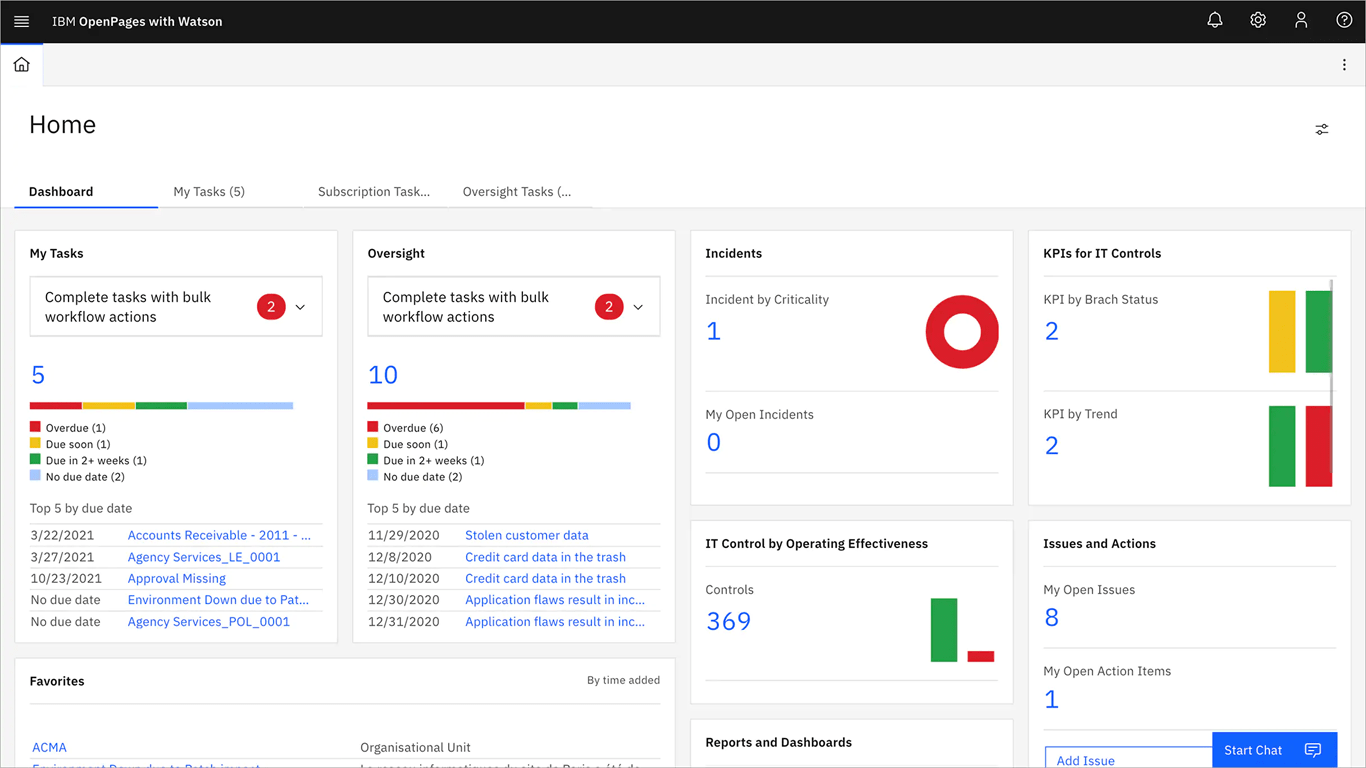











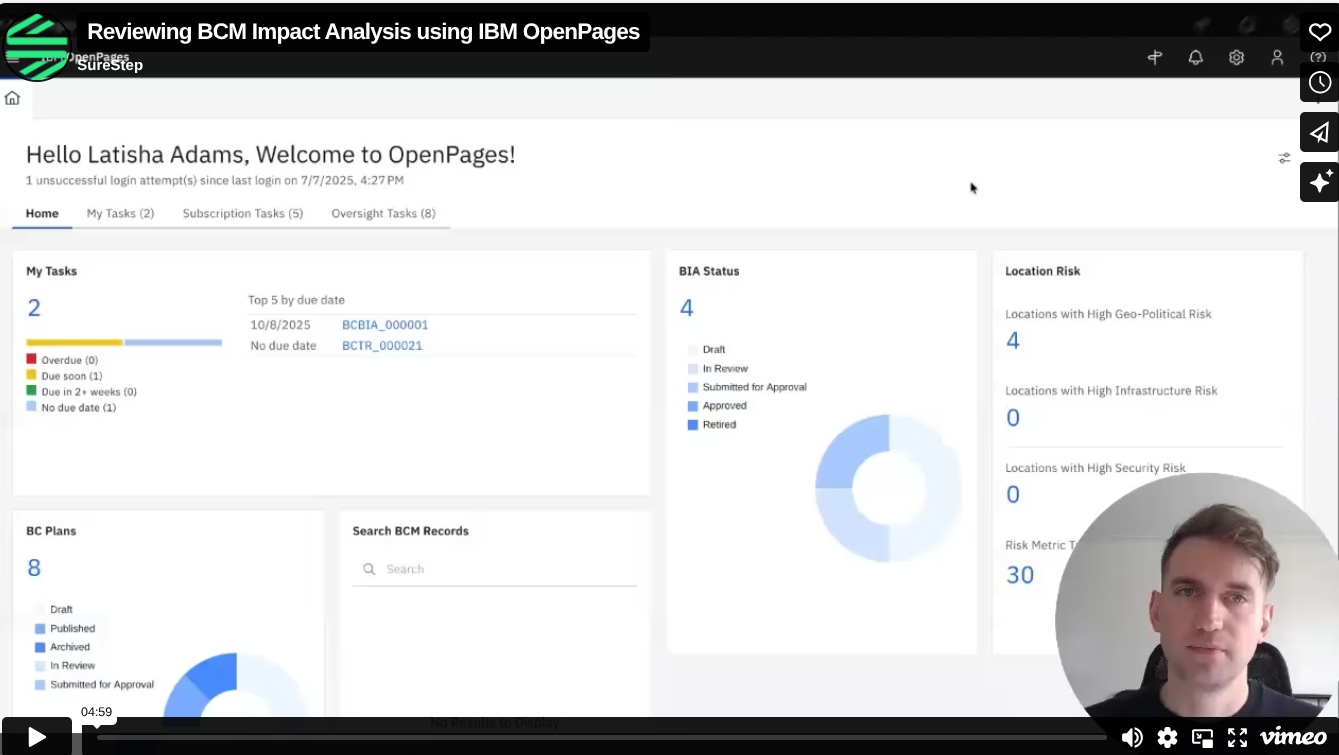






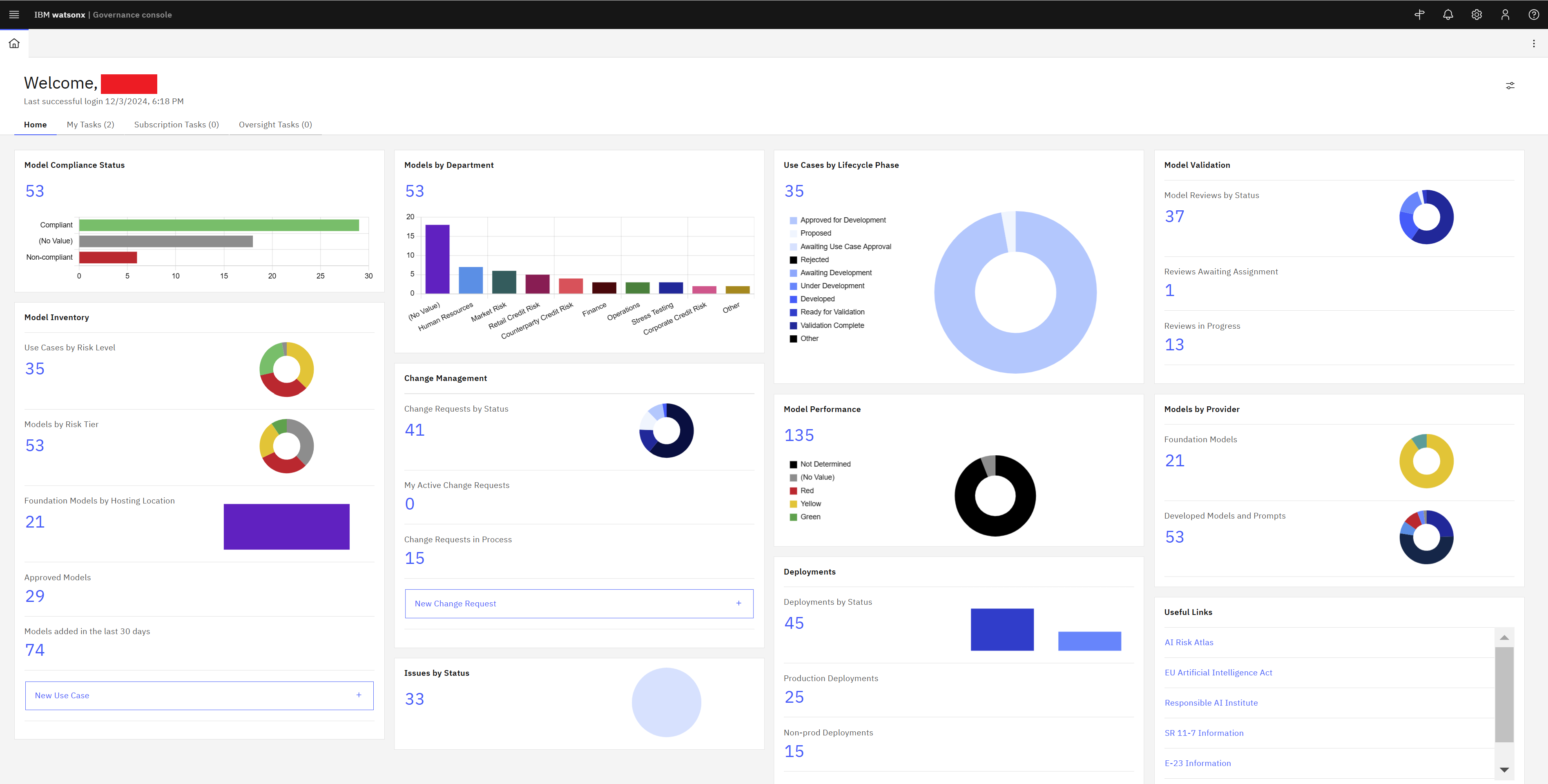

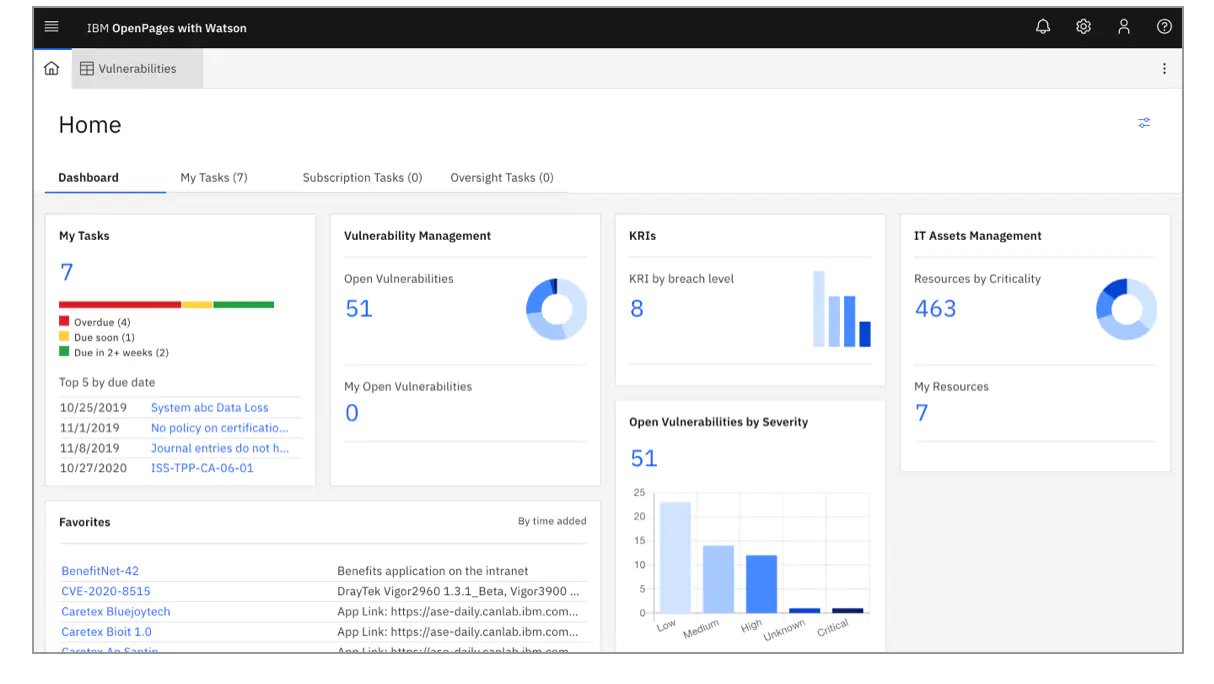
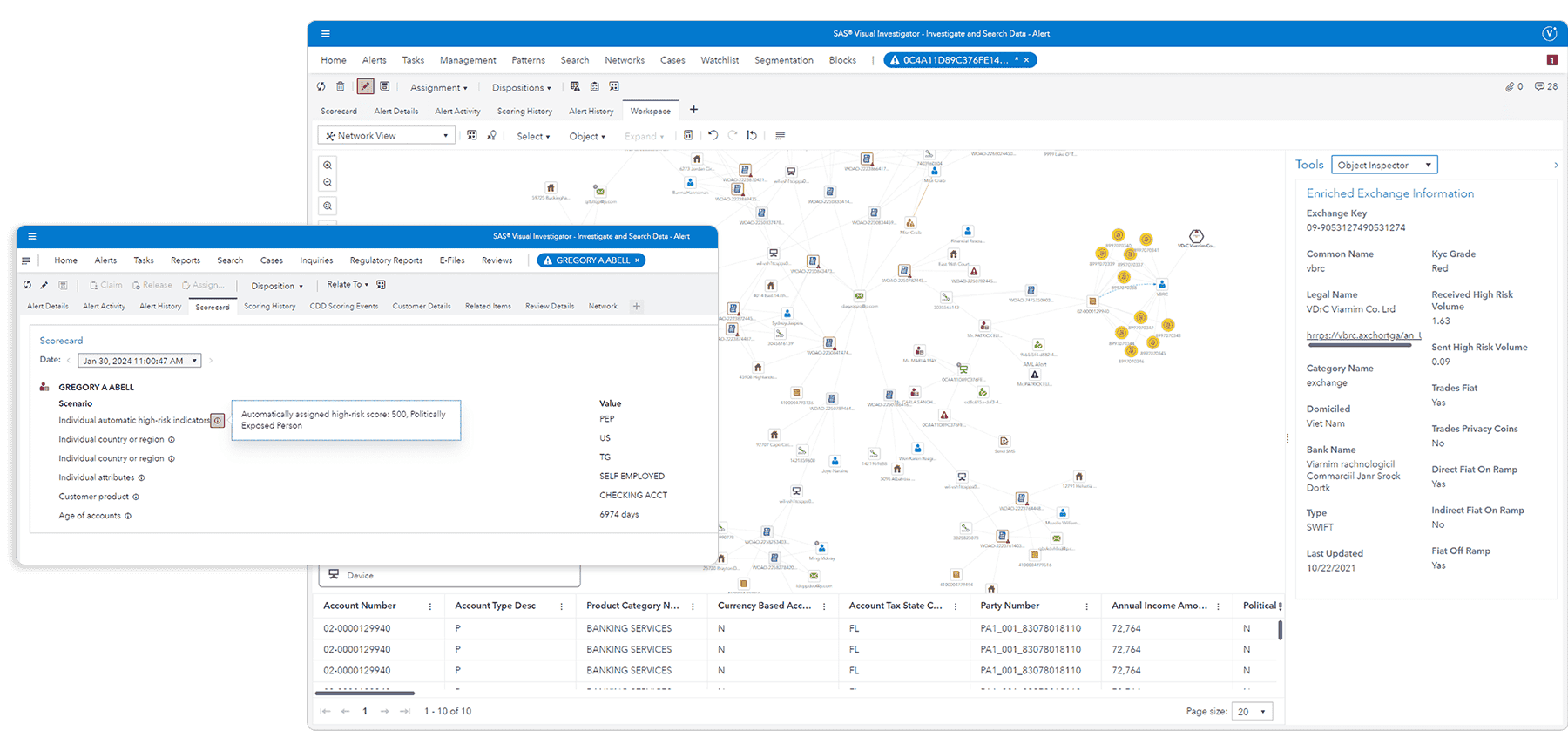







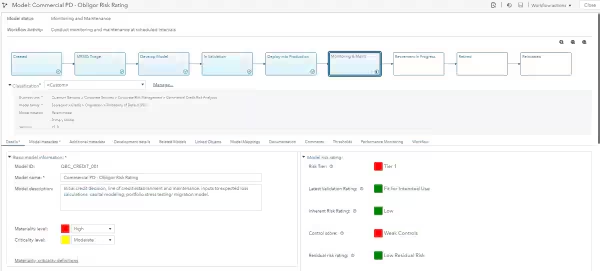









.webp)

-1.jpg)










.jpg)



























.jpeg)







